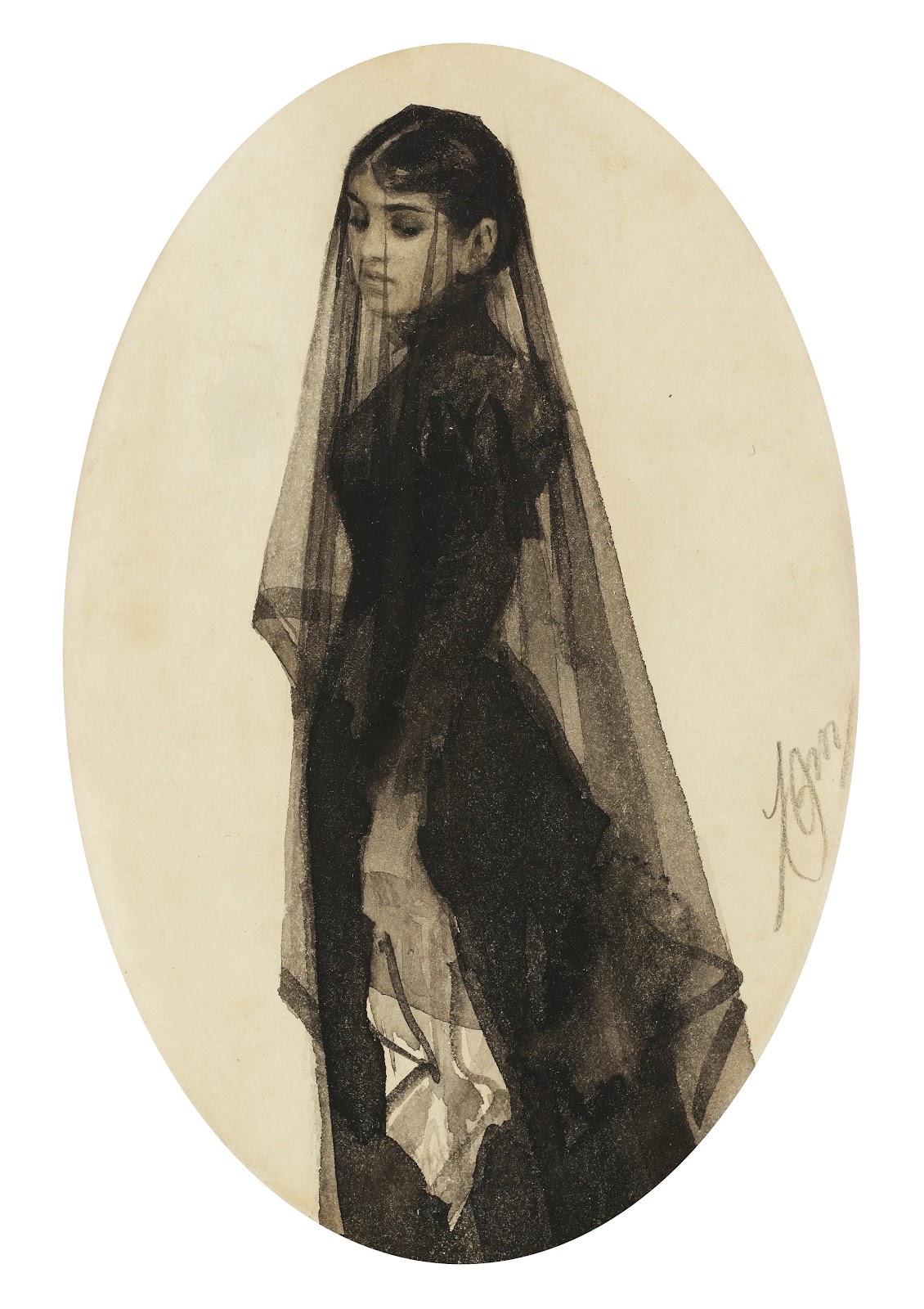By April Austen
Photo by Bukowskis
Widow of Silence is a bold film about the power of bureaucracy, the struggles of the poor and the ache of a loved one’s disappearance. The Indian film from director-writer-producer Praveen Morchhale is an award-winner at the Kolkata International Film Festival and will be showing at the upcoming Indian Film Festival of Melbourne.
Before an image has appeared on screen, text informs viewers that this is a film “based on many true stories of half-widows of Kashmir”. The text is simple: white on a black screen. There is no music in the background, even as pre-movie credits begin to roll, also white on black. There are no distractions and there is silence. Already the film captures your attention in the unexpected way that pure silence does. And there is the curiosity of what the silence means and who the half-widows are.
If you’re like me, you won’t be quite sure what a half-widow is. It soon becomes apparent that they are the wives of men who have been ‘picked up’ (a.k.a. taken away), usually by Indian militia engaged in the ongoing conflict in Kashmir. They disappear from their homes to never return and whether they are dead or alive remains a mystery. This film follows one such wife, Aasia (Shilpi Marwaha), as she repeatedly attempts to obtain a death certificate for her missing husband from the resistant, slow and corrupt registrar office. We join Aasia when her husband has been missing for seven years and she has been tirelessly visiting the registrar office for four months. The motif of silence grows to reflect the inability of half-widows to say anything that can change their situation. They are stranded in limbo, unable to move on with their lives and totally at the mercy of government power.
The government officer at the registrar office (Ajay Chourey) either refuses to provide the certificate without reason, or demands favours in exchange. “It is the responsibility of public to keep government happy,” is the motto. And so back and forth Aasia goes on the makeshift, one-car taxi service in and out of town.
This taxi service is one of the highlights of the film. The taxi driver (Bilal) is compared to a poet by all who hear him speak as he spouts phrases of wisdom and attempts to spark debate amongst his passengers. He is funny and wise, provocative and curious. Religious ideology and ongoing warfare and terrorism are cleverly questioned. His humour and kindness, however, are genuinely portrayed by Bilal and make him steal every scene he is in.
This film is beautiful to watch, with striking colours in the houses, clothes and furniture. The opening scene sets the bar high for the visual decadence to come. A long, silent shot features an elderly woman (Zaba Banoo) in a yellow patterned headscarf being bound to a chair by a younger woman in head to toe pink and purple fabrics inside a green-walled room. The scene is a startling visual feast. The absence of sound seems to make the colours shine brighter. Later, the elderly woman is revealed as the mother of Aasia’s missing husband who has grown ill and become mute over the seven years since his disappearance.
The most underwhelming of the characters is Aasia, who tends to be quiet, inexpressive and meek. Her story nevertheless grows increasingly gripping as the end of the film turns into a wild tale that is hard to fathom being true but equally believable simply because it seems too crazy to invent. I’d love nothing more than to spoil the ending and shower the enthralling twists and turns with compliments but it really is better to watch without knowing. The film on a whole is rather understated though, with no great heightening of emotion to signify key events as they occur. It is part of the charm of the film and perhaps a suggestion that half-widows grow immune to the continual shock and disappointment they suffer and no longer react with much emotion.
The filmmaking and construction of this film is subtle but very considered. The use of silence and steady emotion that I have already mentioned are also joined by long holds on shots at the ends of scenes. There are no quick cutaways, keeping the pace of the film slow to reflect the arduous journey Aasia and the half-widows are on. The end of the film also leaves threads untied, cleverly ensuring this film remains a representation of all half-widows’ stories, rather than a specific account of one specific woman.
Widow of Silence will be premiering in Australia on the 13th of August as a part of the Indian Film Festival of Melbourne. For my information, visit this link: http://www.iffm.com.au/beyond-detail.php?filmid=101.


